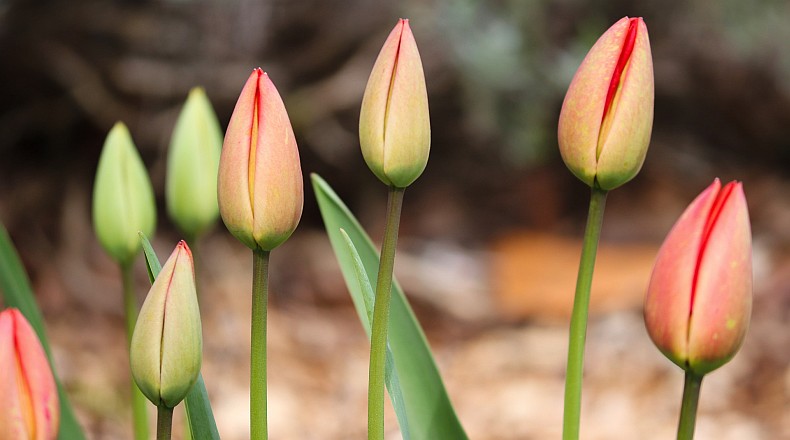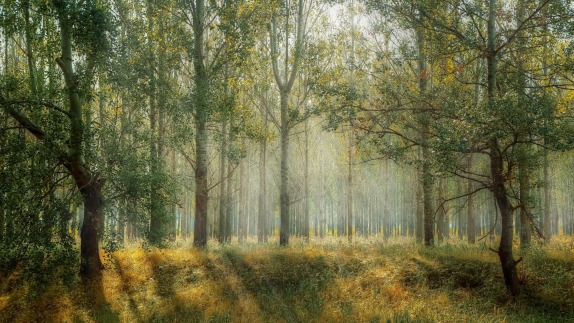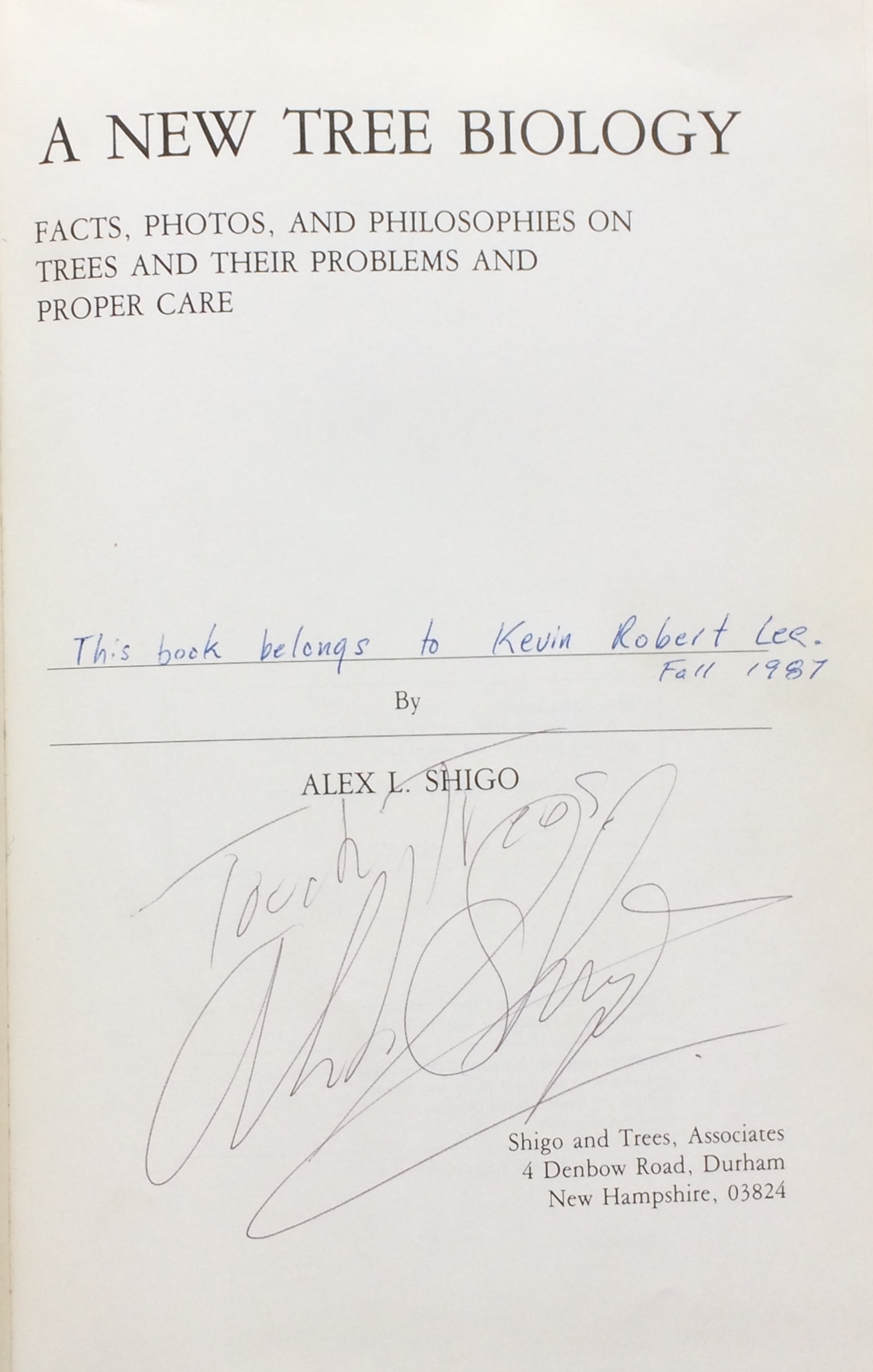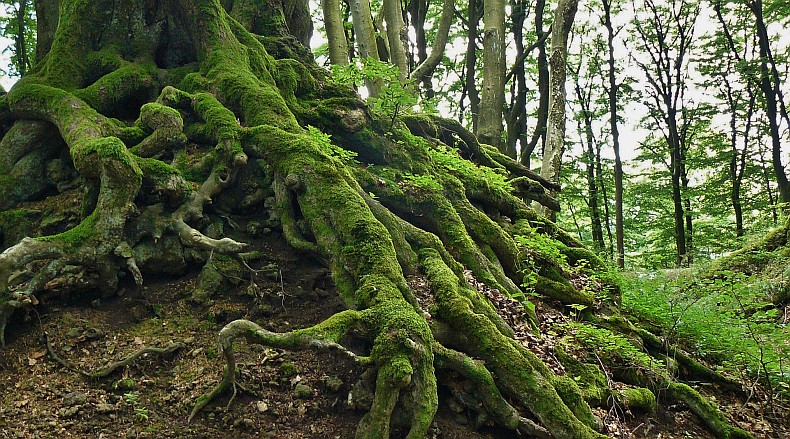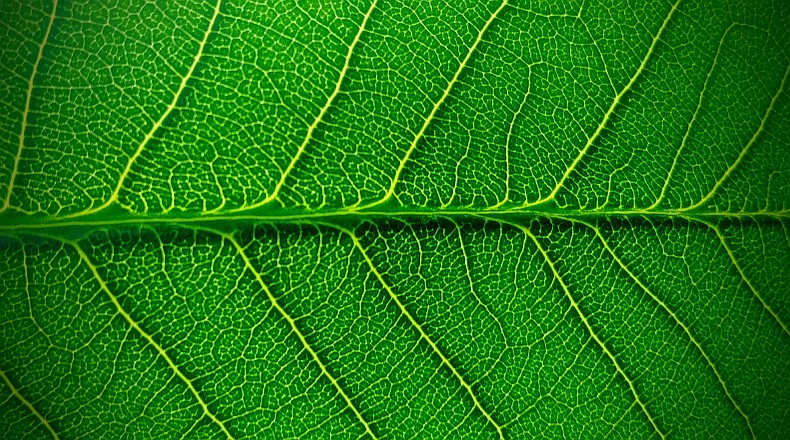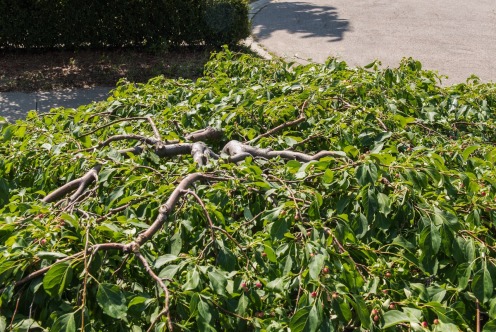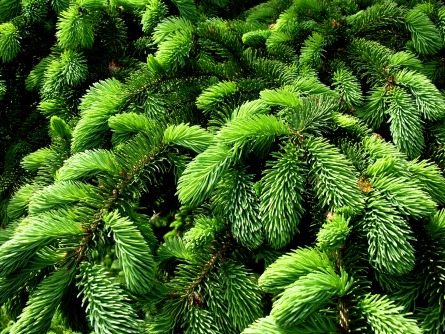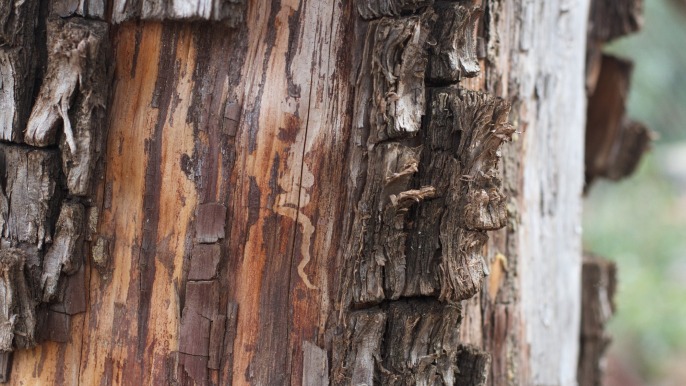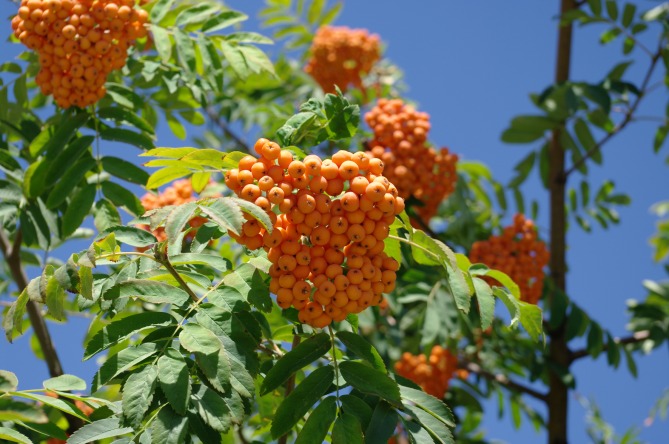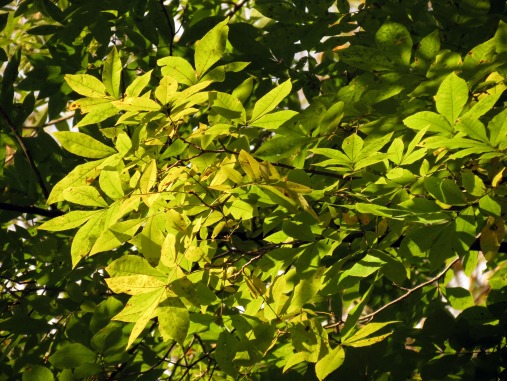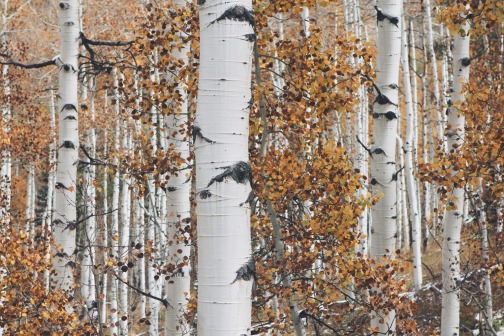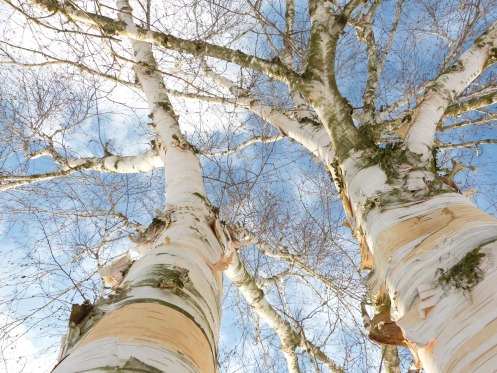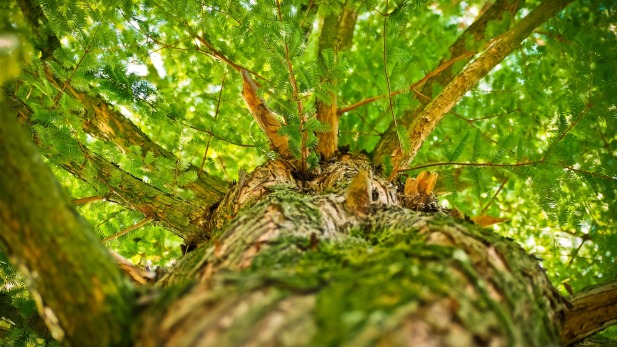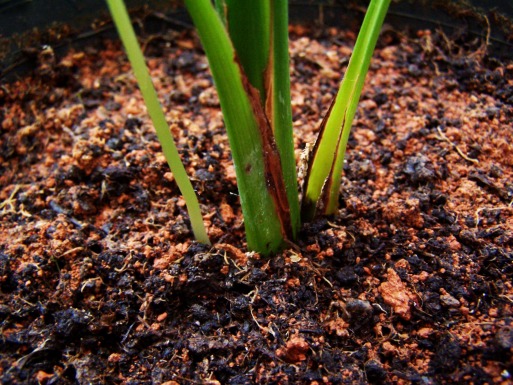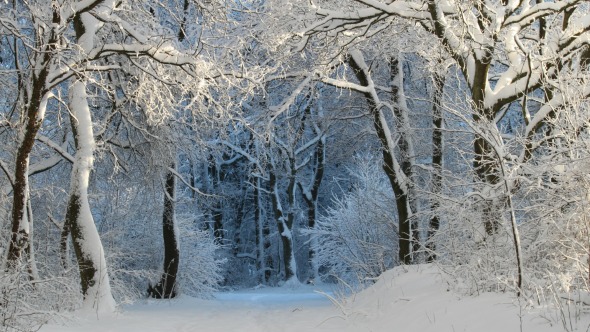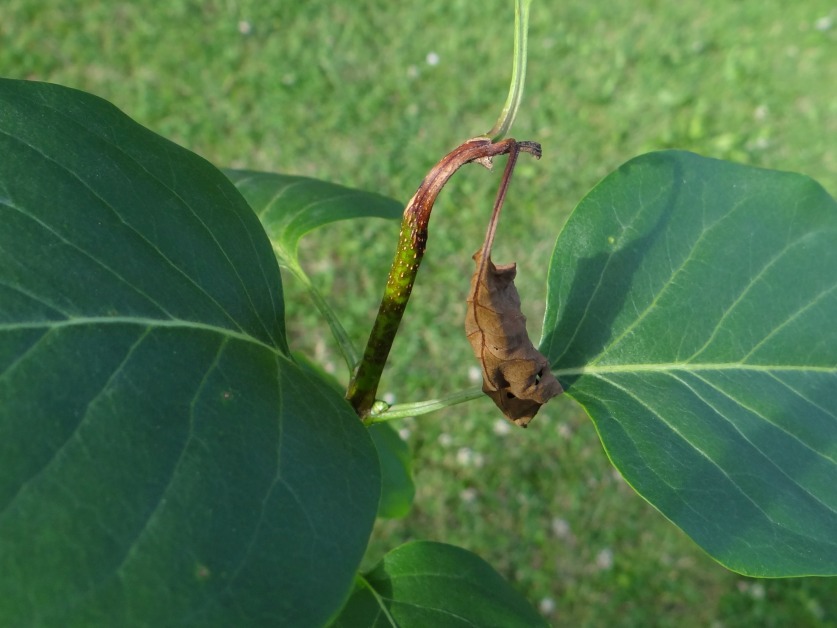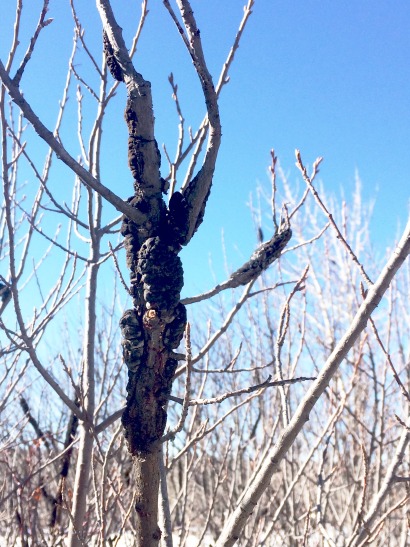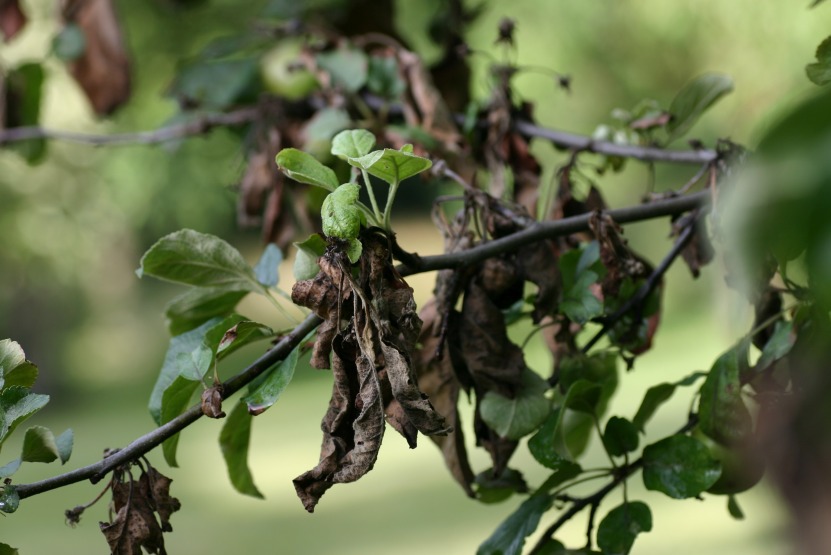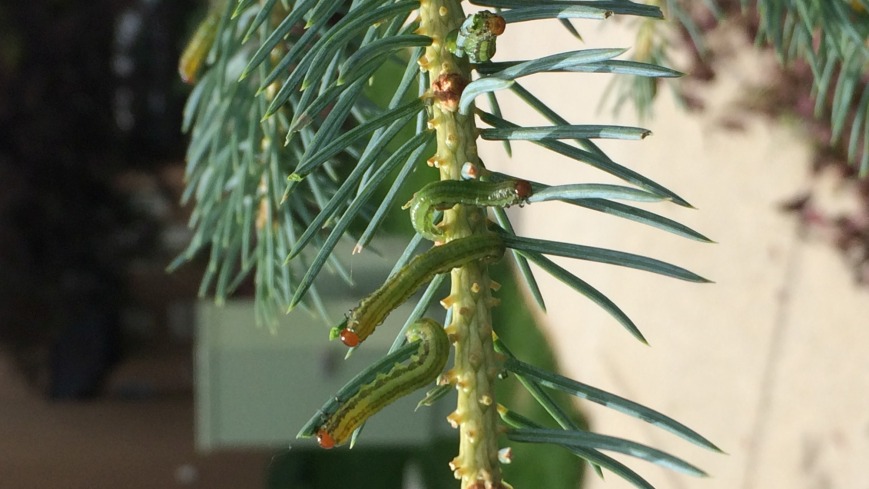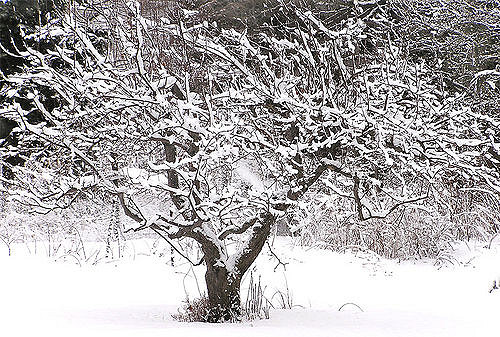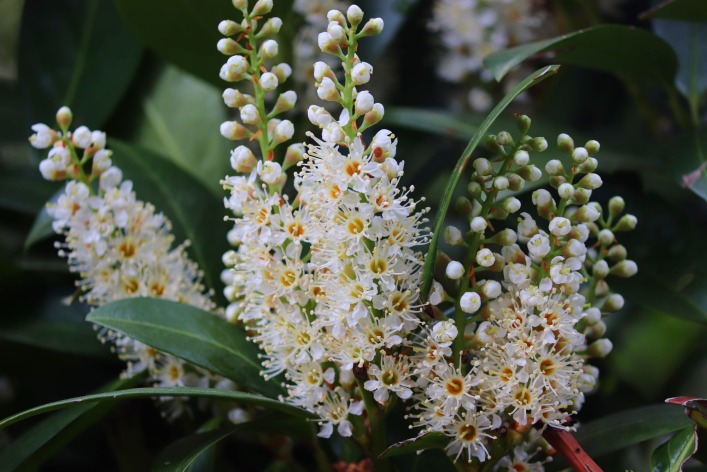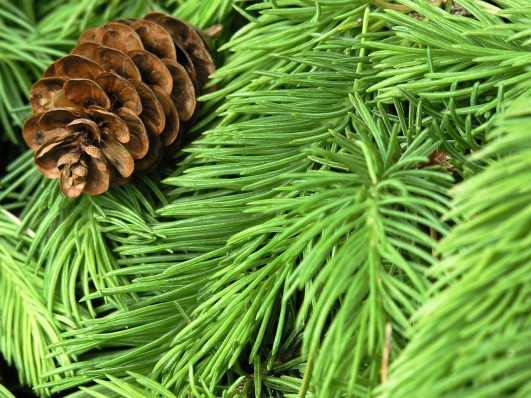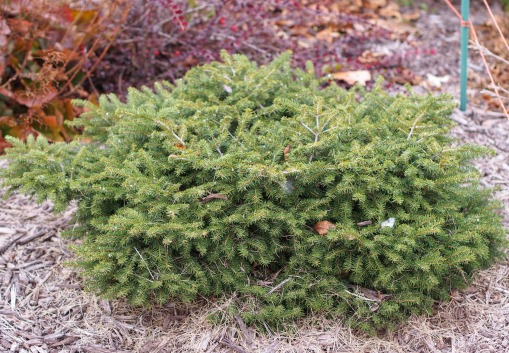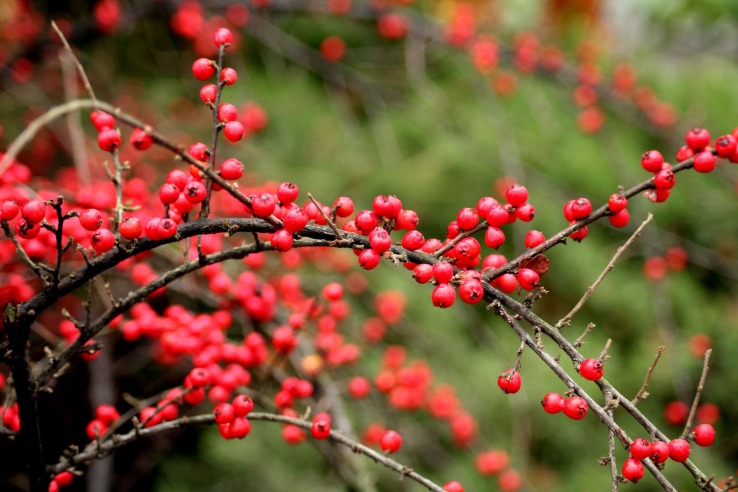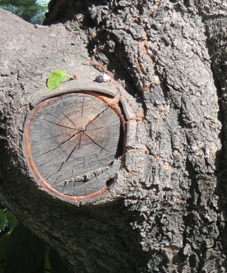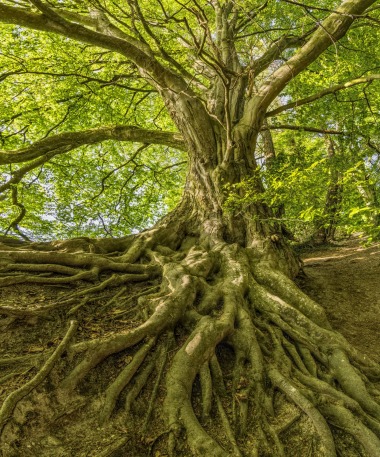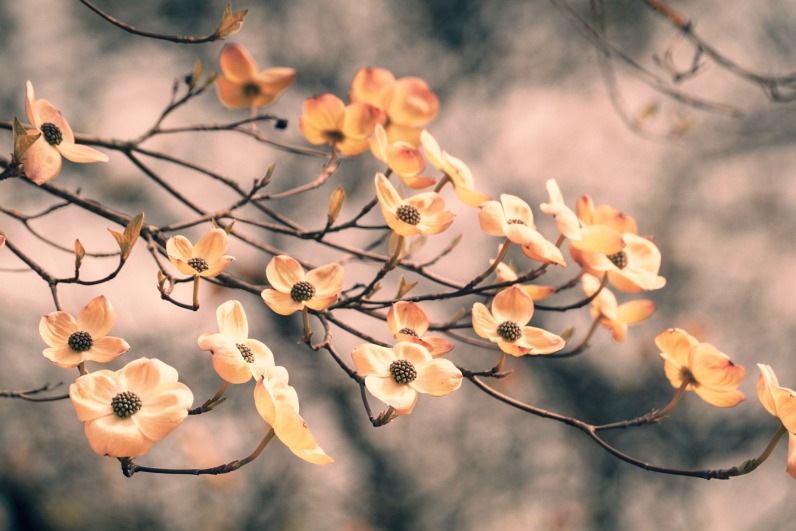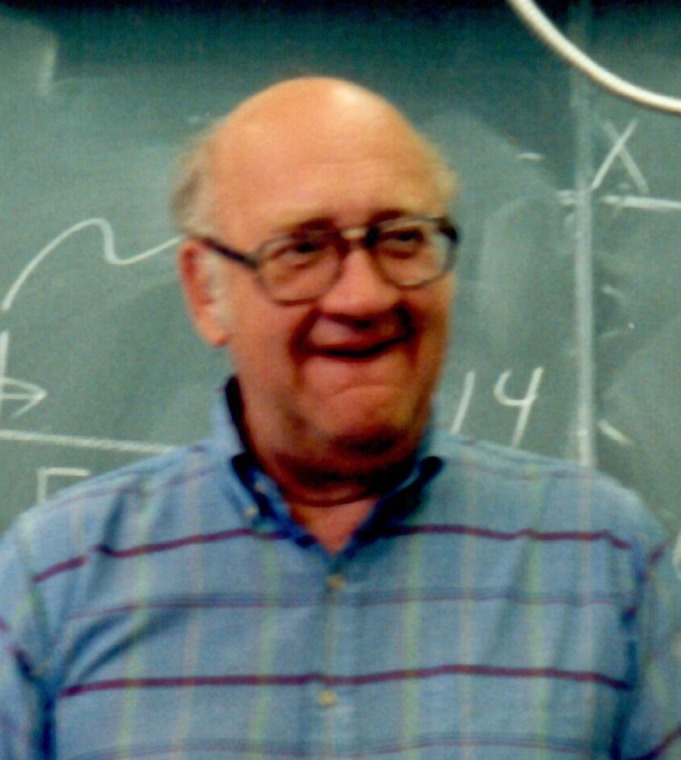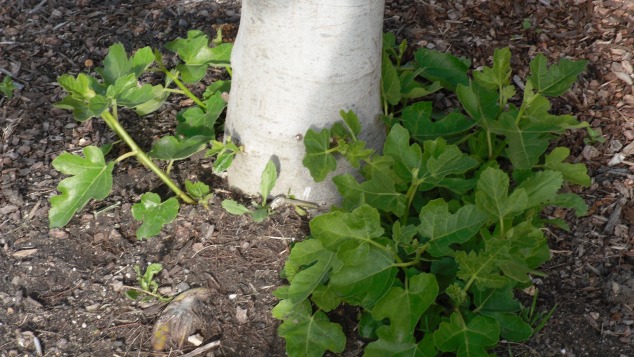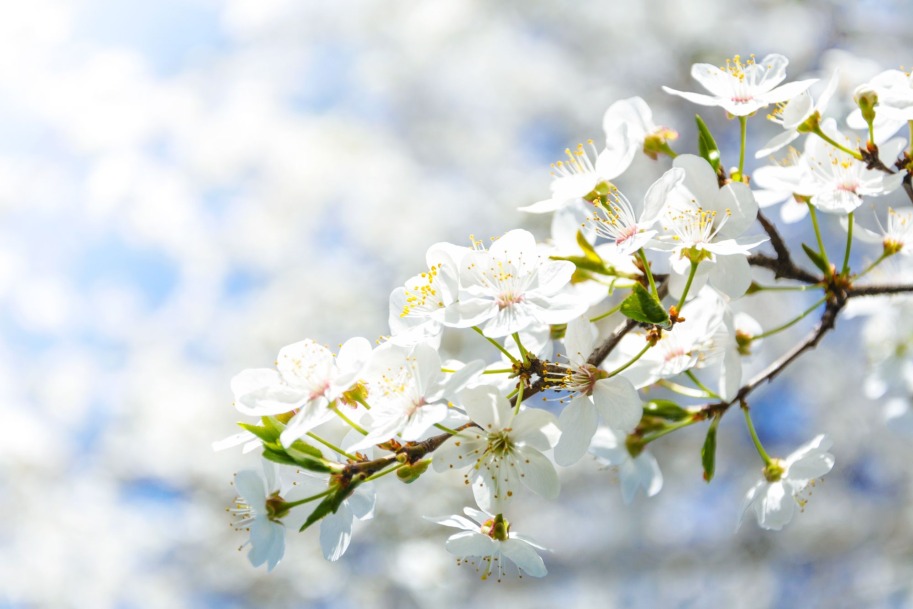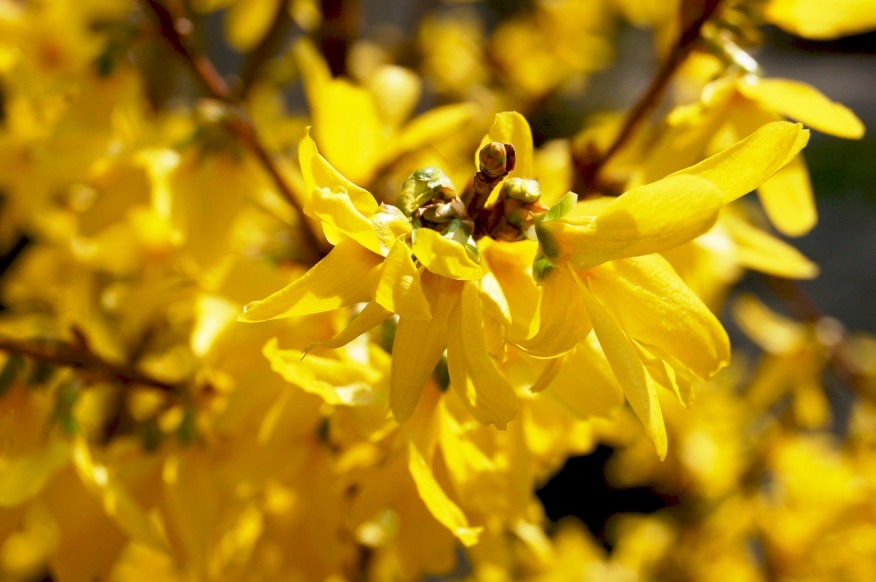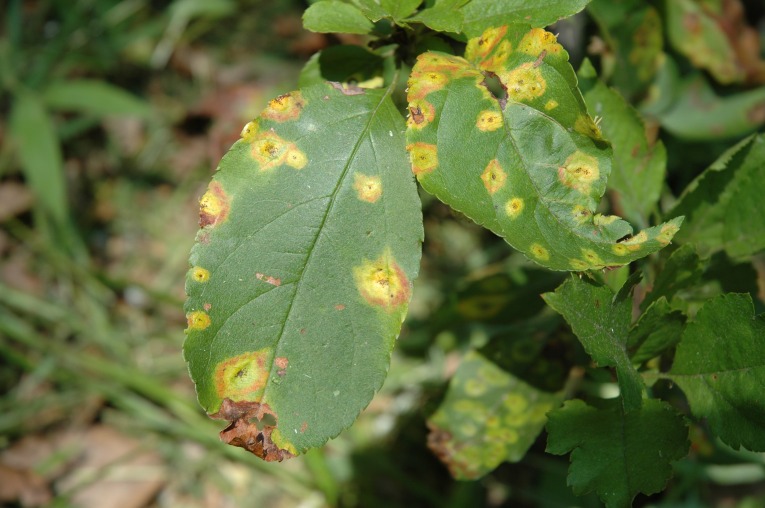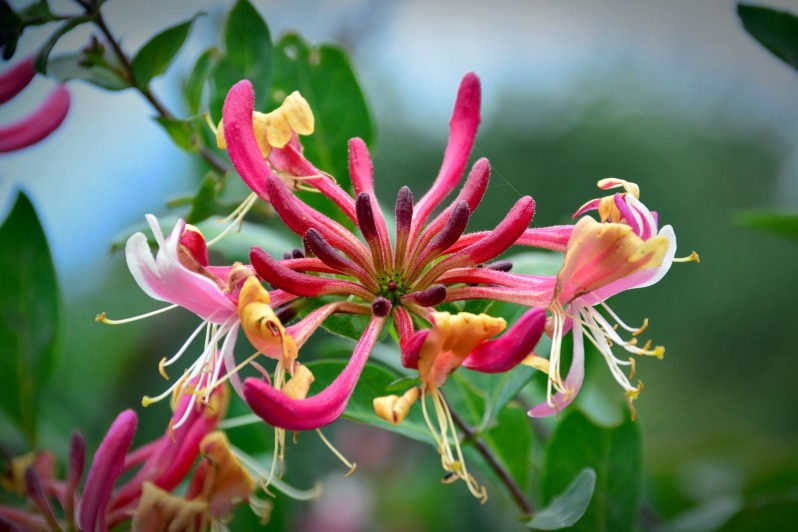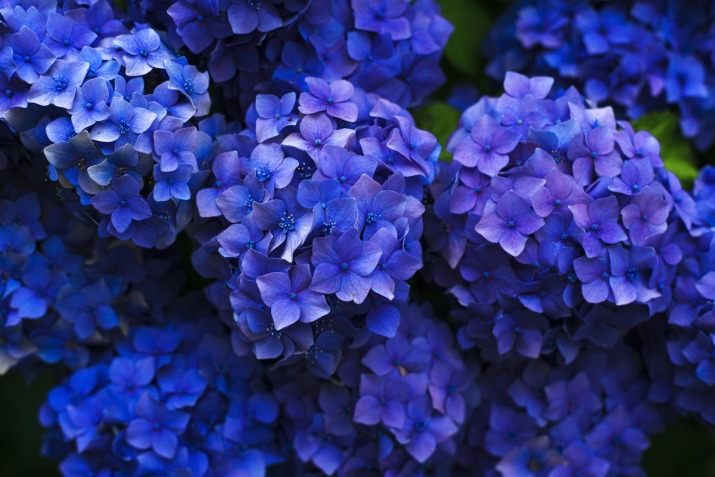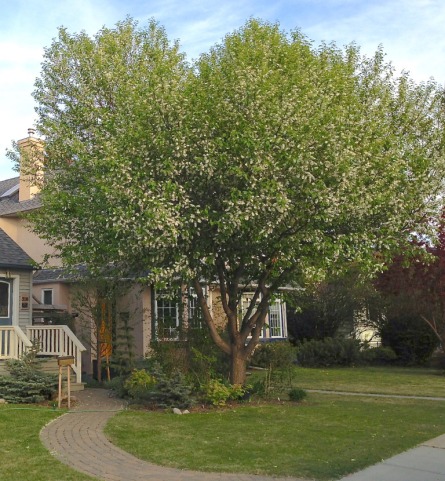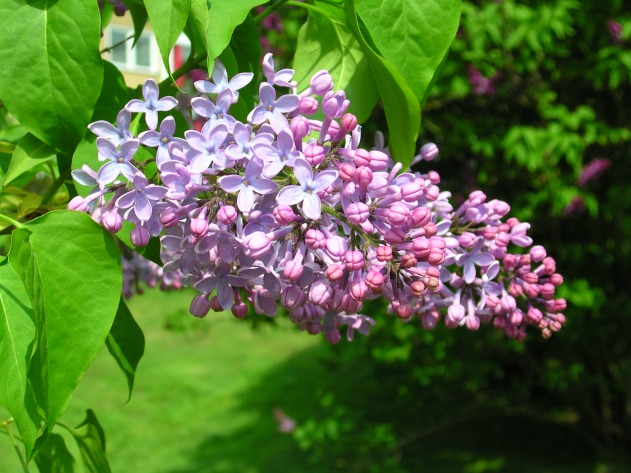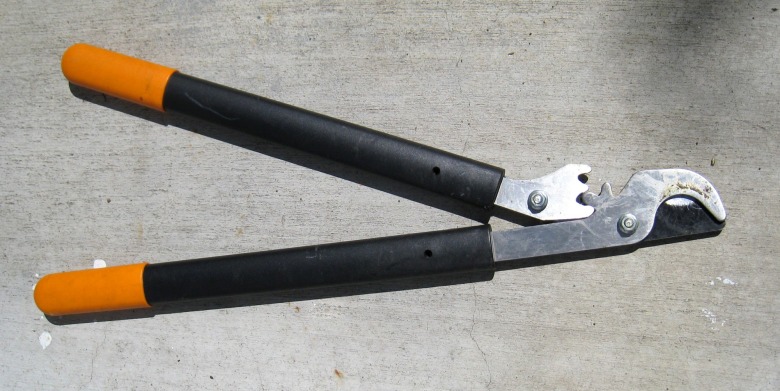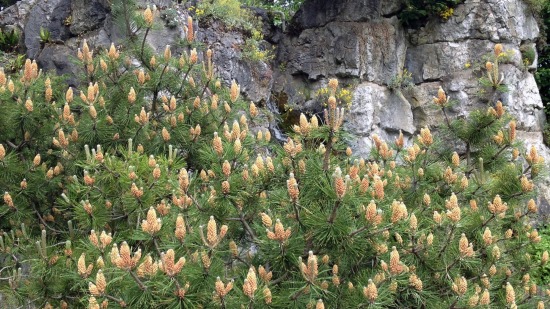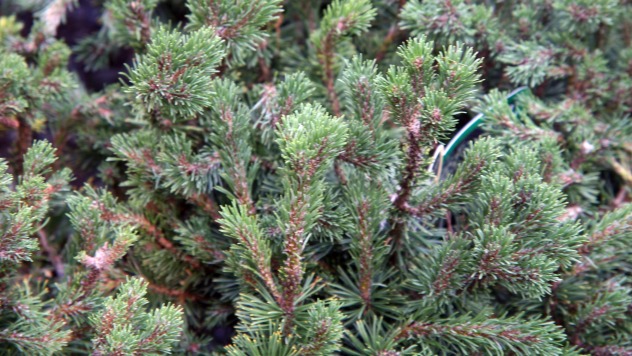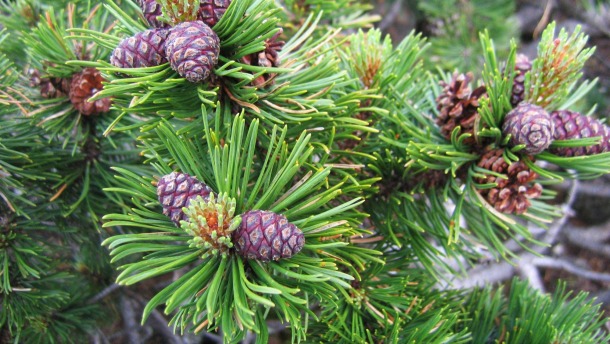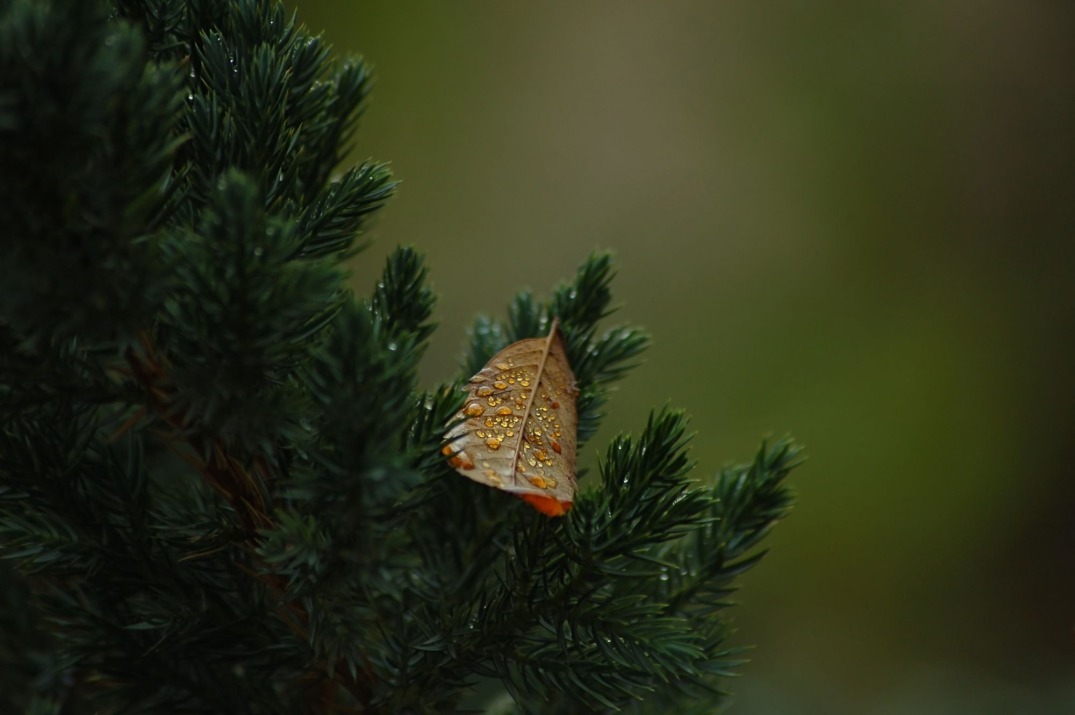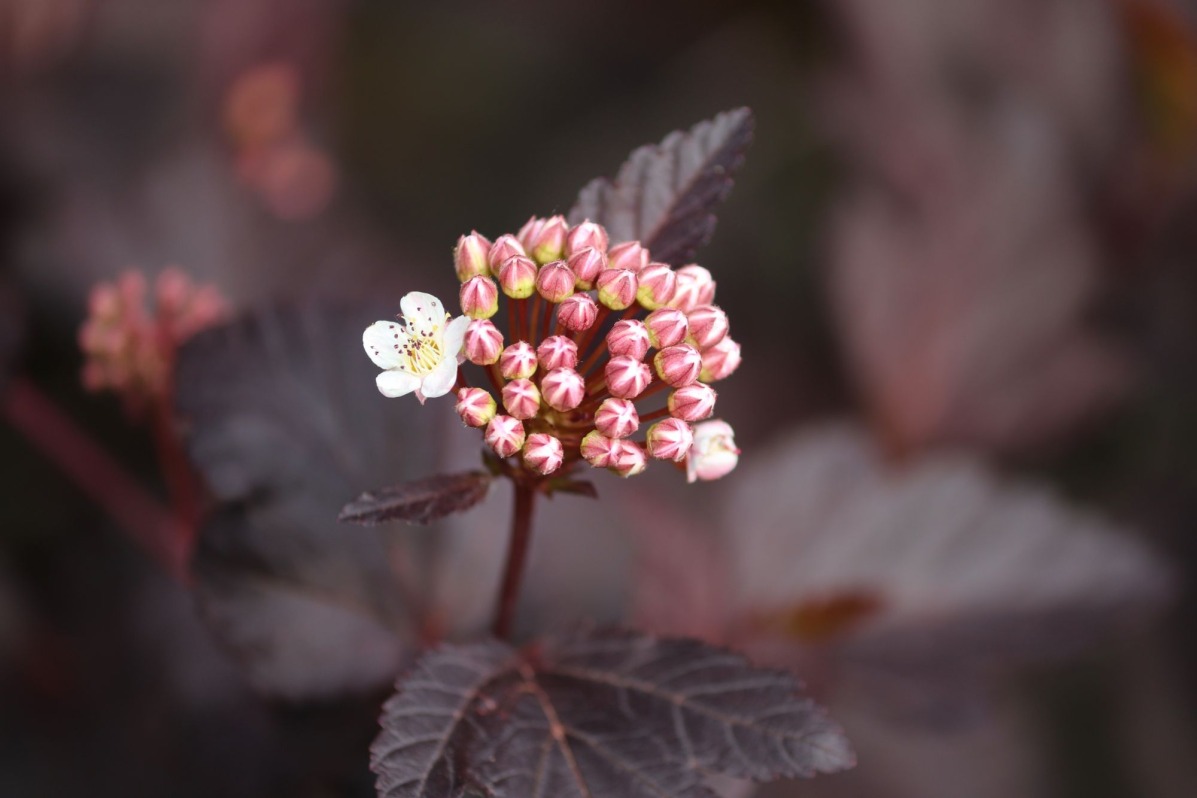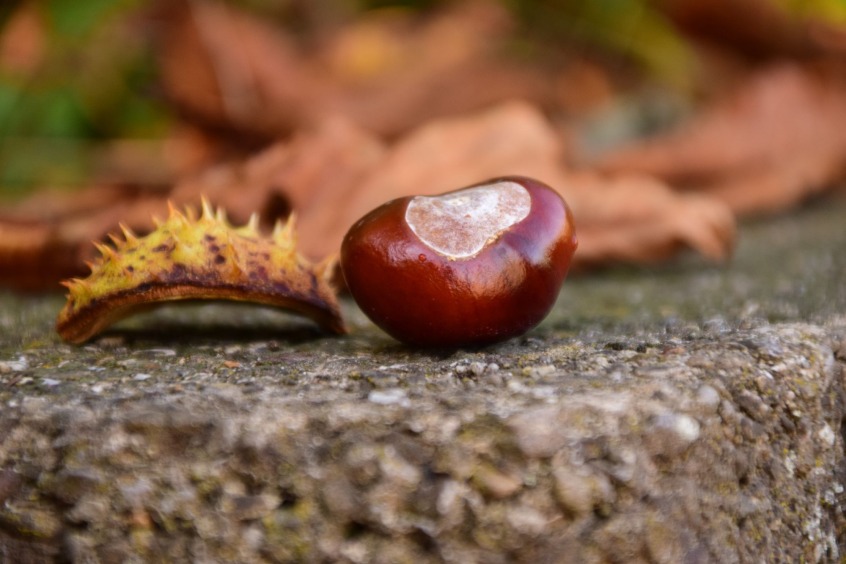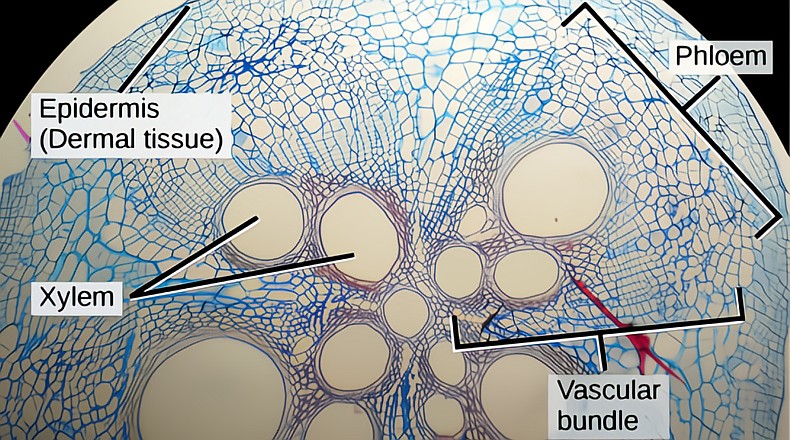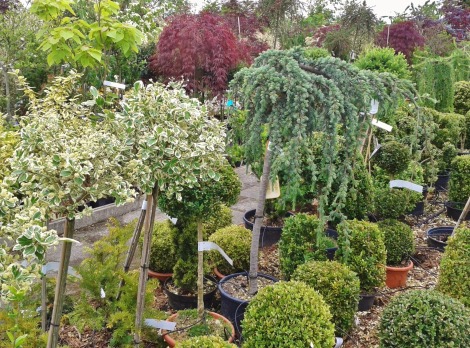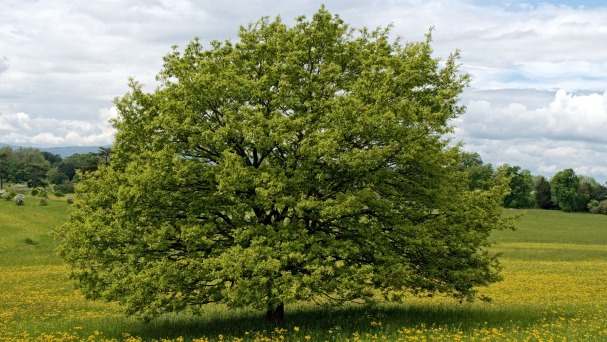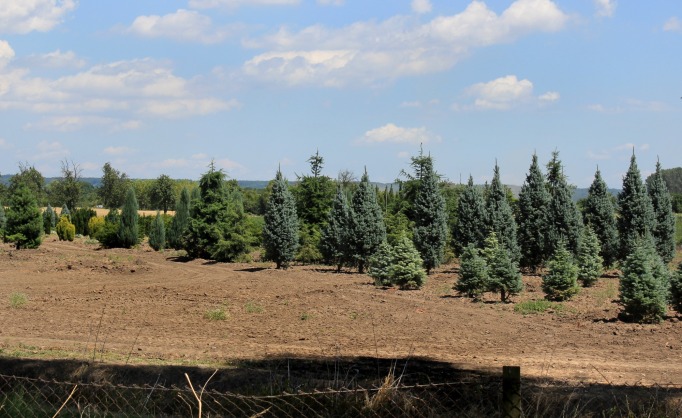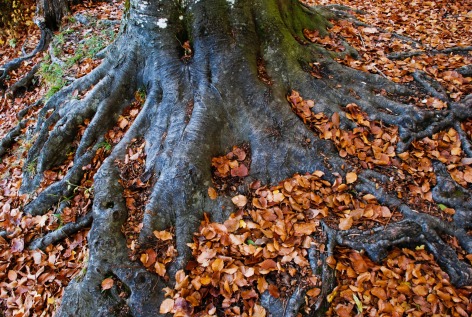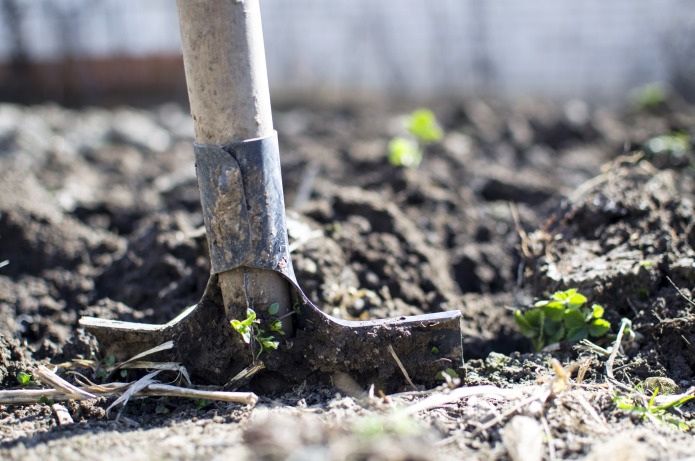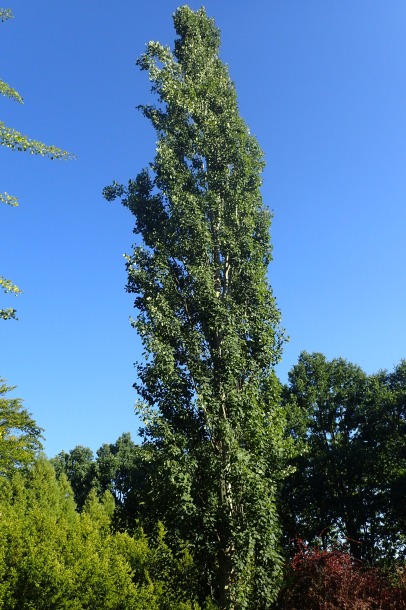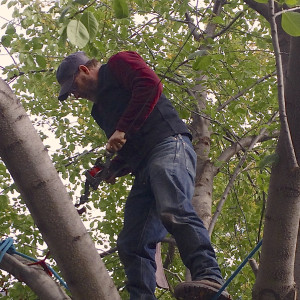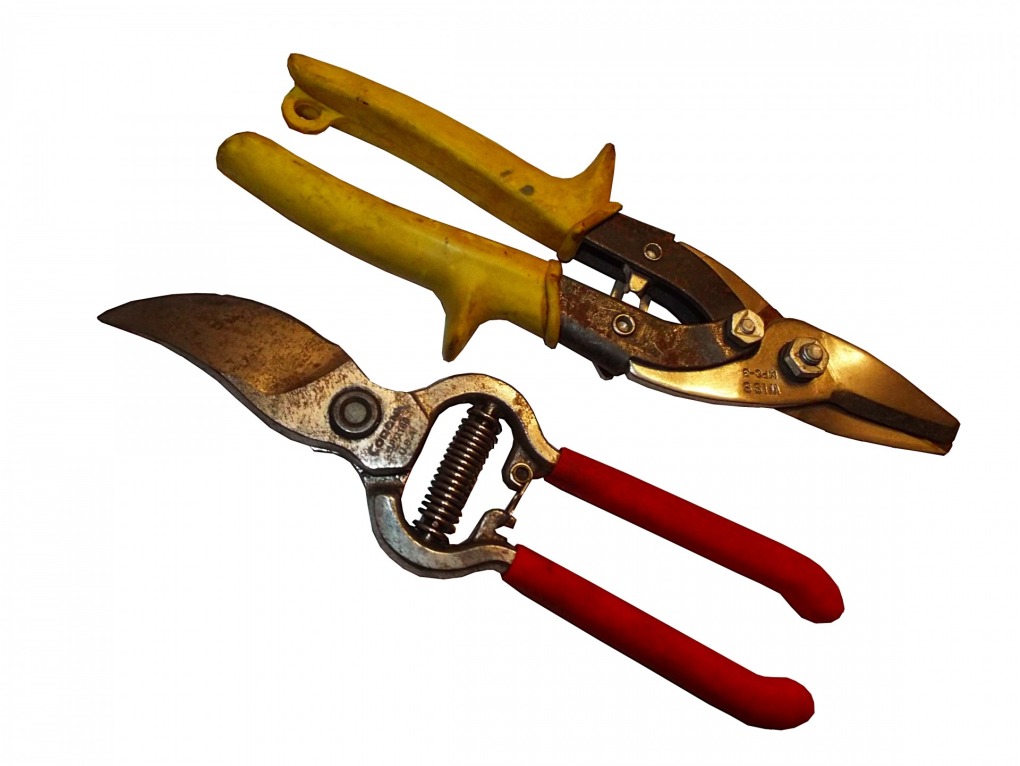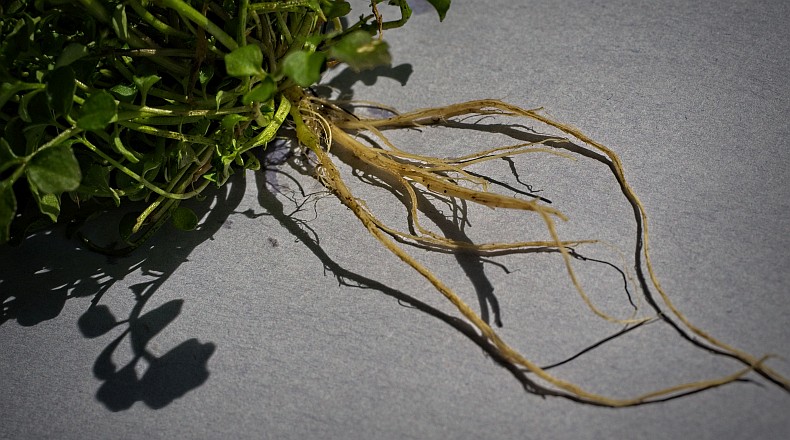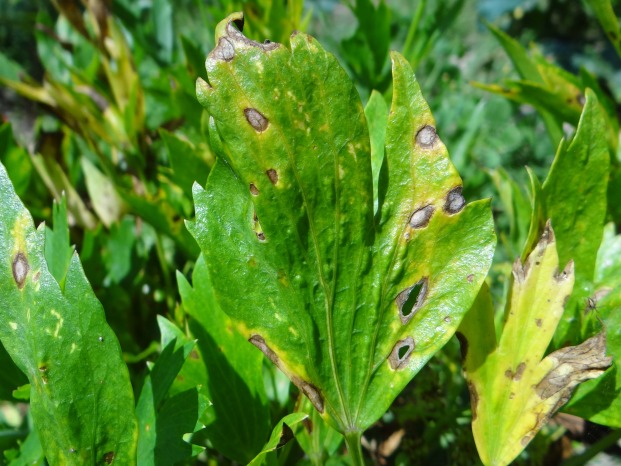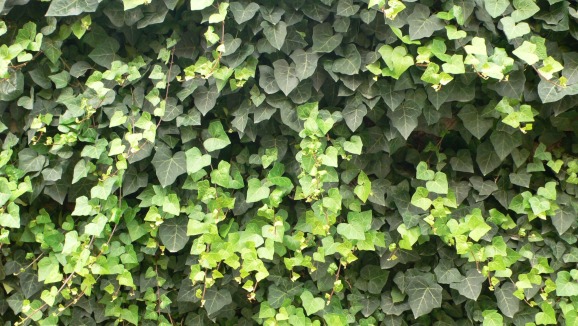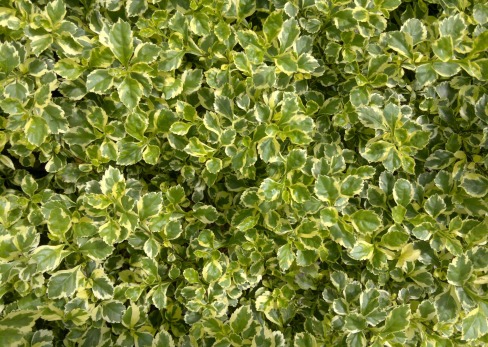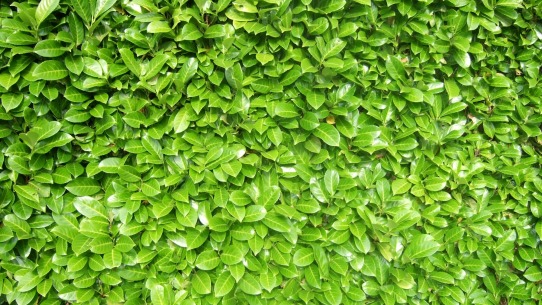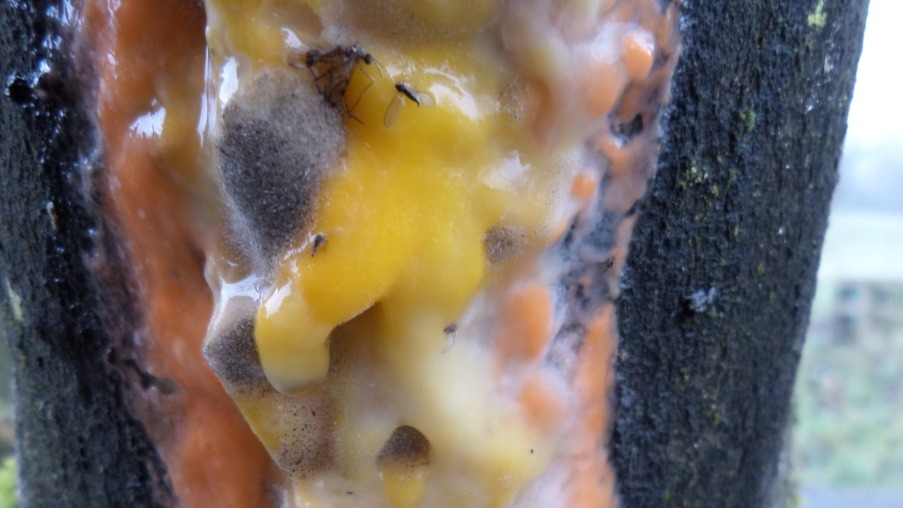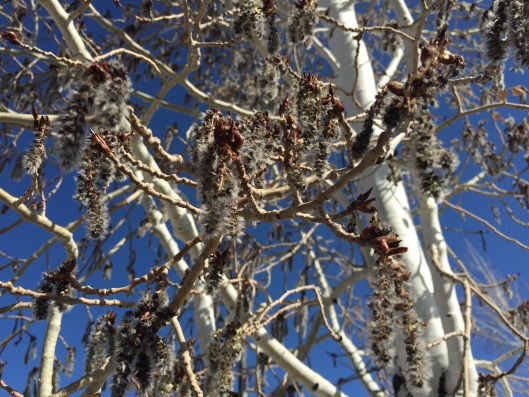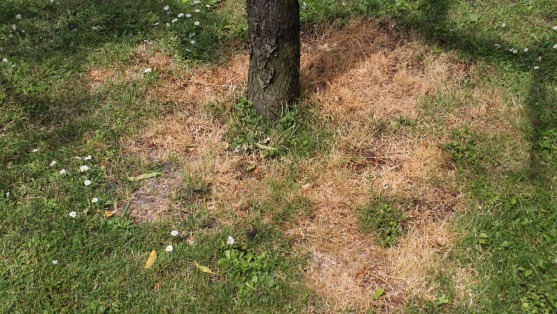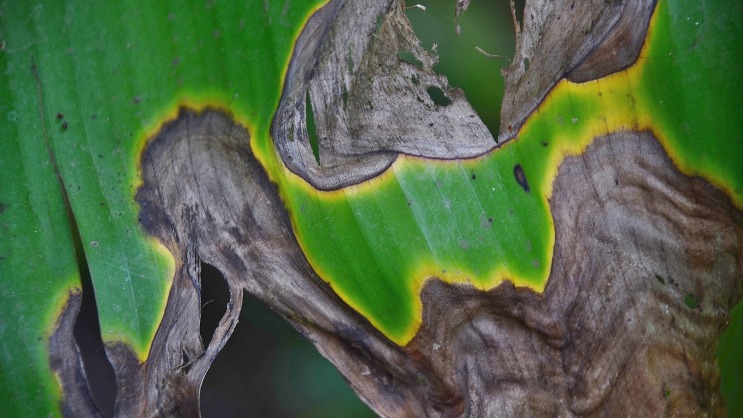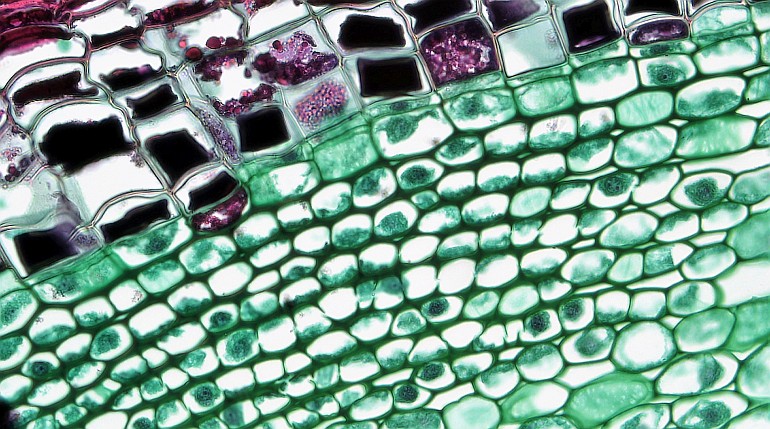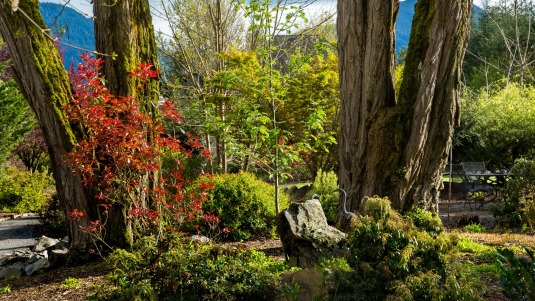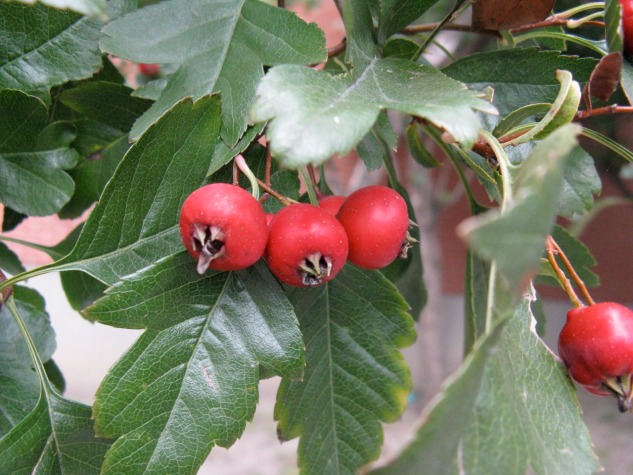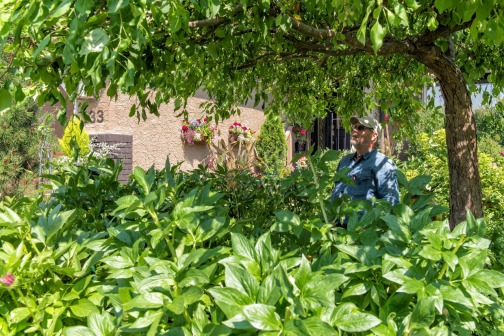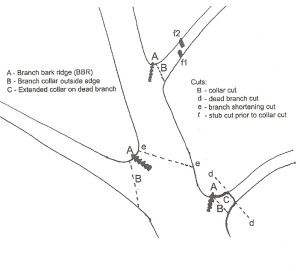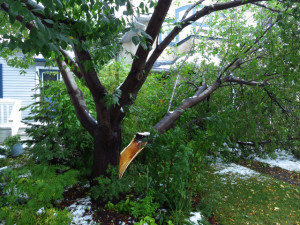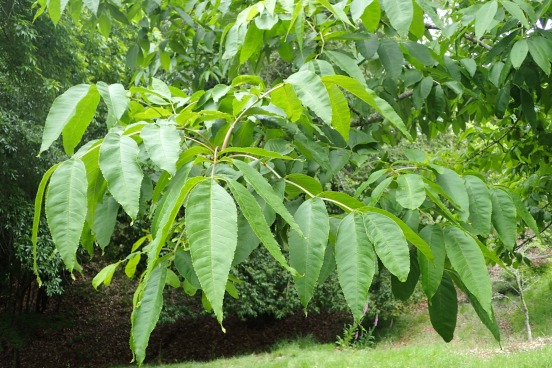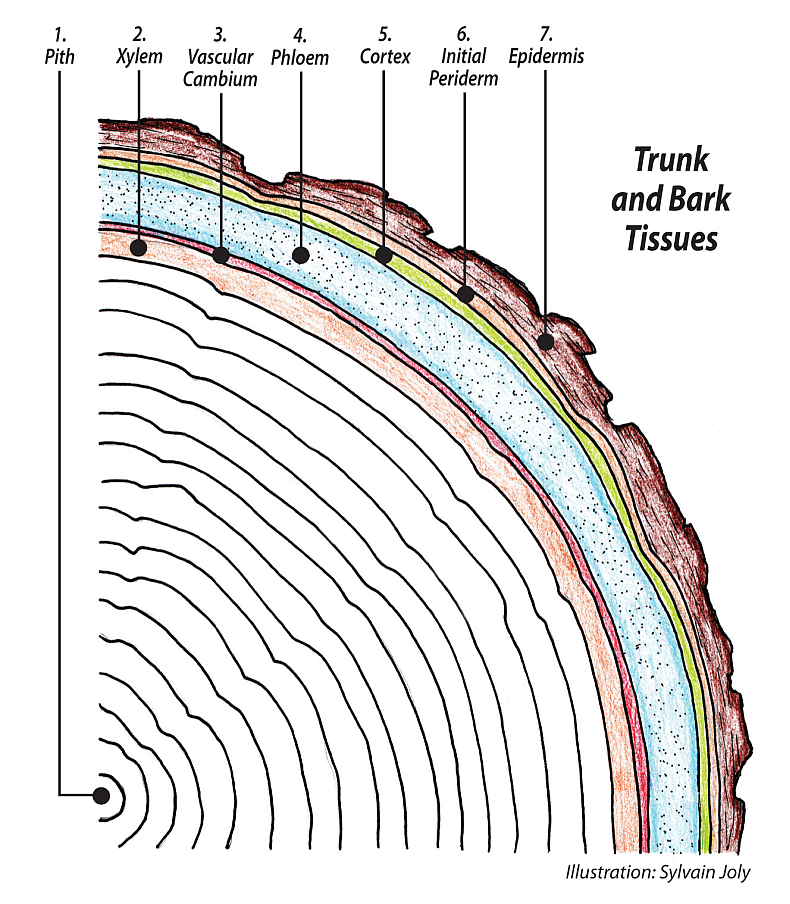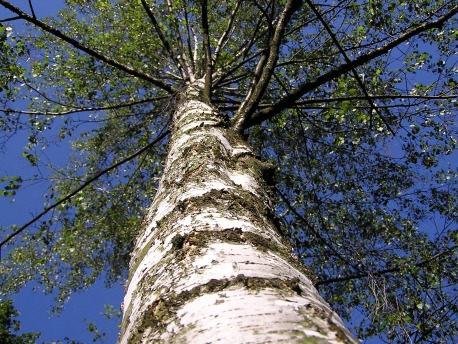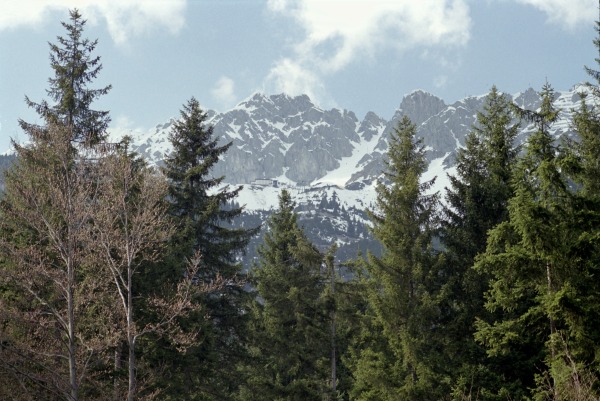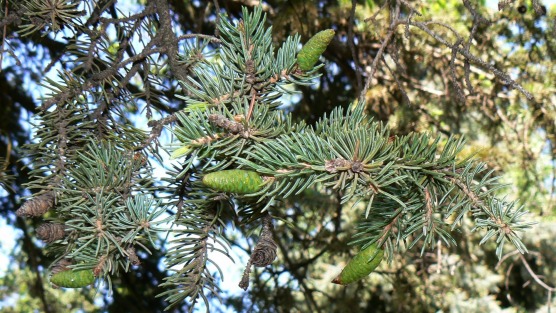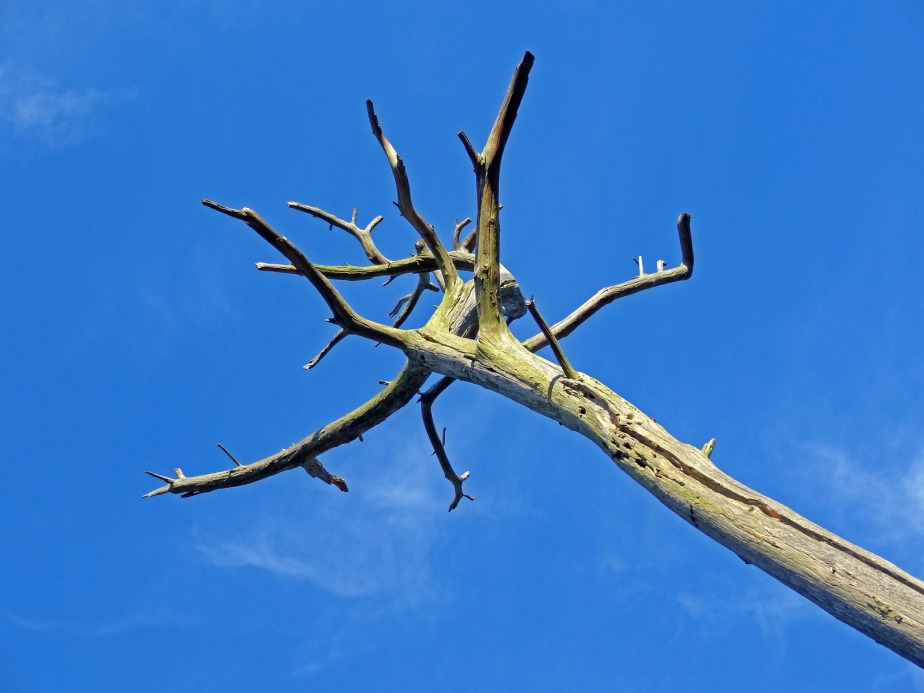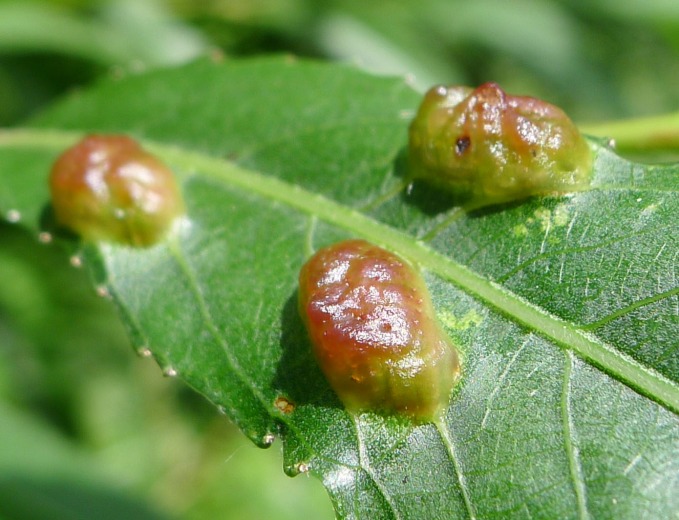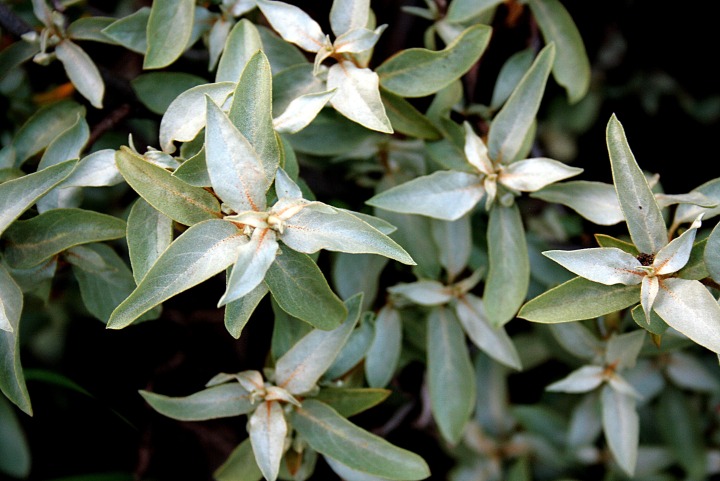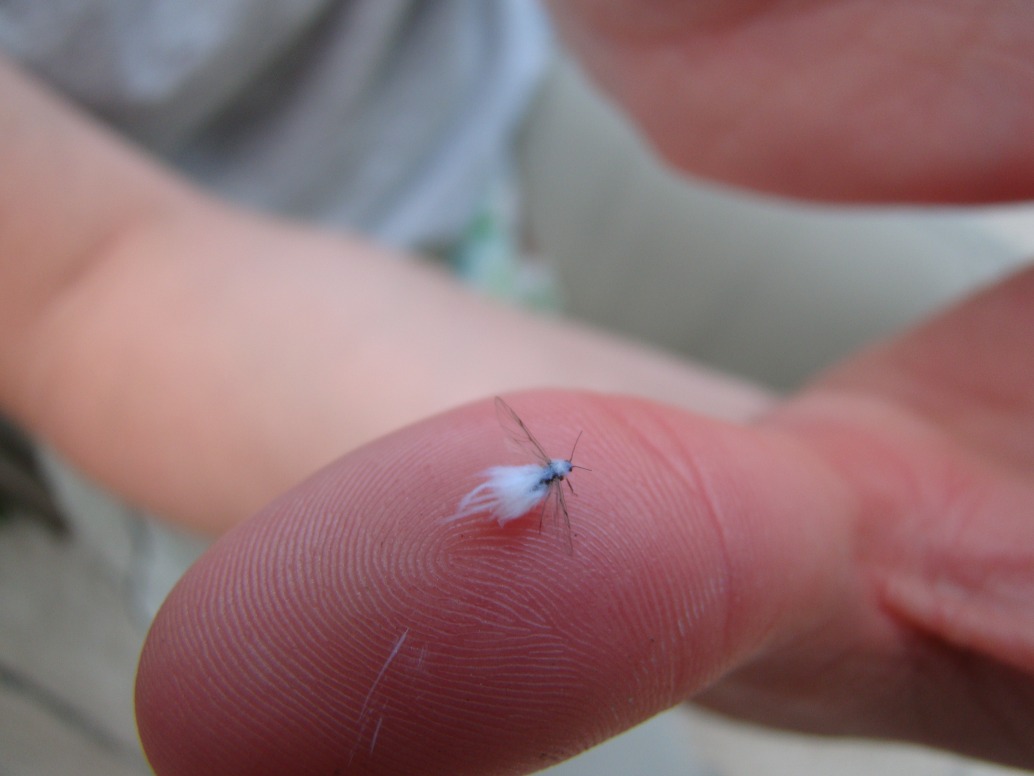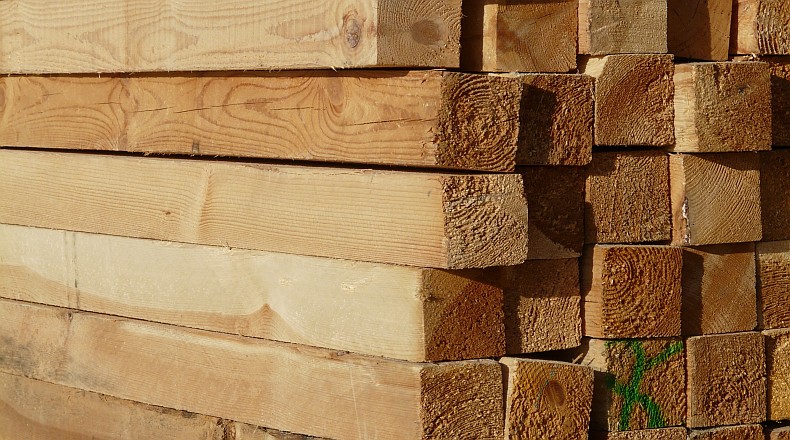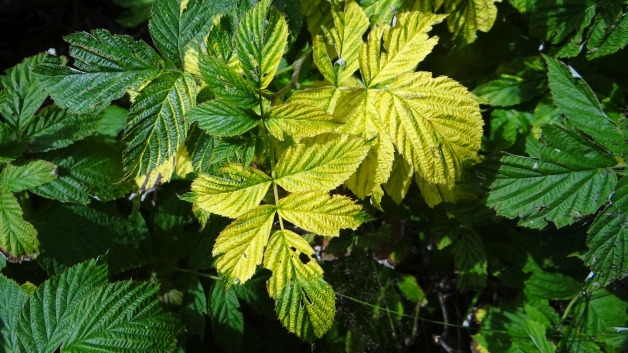Stems, tree trunks, branches and shoots are above ground organs that perform a number of essential activities helping to reveal the hidden life of trees. Trunks are above ground organs that grow towards the sun, hoping to produce as much photosynthate, sugars, as possible. This growth does not always move directly towards the light. Sometimes, because of competing growth from other trees, trunks have to grow away from the light initially to move into a space of unimpeded direct light.
The trunk and its strong lignified cells supply the strength to support the upper organs, branches, leaves and flowers so they can be positioned properly to receive sunlight and pollinators. The trunk also provides specialized tissues that function as the conduits of the vascular transport systems, the xylem and phloem, which move hormones, sugars from leaves, minerals and water throughout the tree where needed, thus engaging in whole tree communication. Without the development of vertical trunks trees would not have been able to invade the land as we see today.
Trunks increase in width and bulk by secondary growth; this is accomplished by the vascular cambium, VC, which can thrive for thousands of years generating a lot of xylem tissue as seen in any old large tree trunk.
New shoots exhibit regular patterns of node formation, potential sites of new growth, and the spaces along the stem between them are called internodal. The three main patterns of node development are alternate, which produces a single leaf, opposite, where two opposing leaves develop, and the third type, whorled, which produces several leaves from the same point on the stem. Nodes are meristematic points where shoots grow their lateral organs, branches, leaves and flowers. This growth is accomplished by the shoot apical meristem, SAM, in the buds, a different meristem than the one that annually increases the trunk diameter through secondary growth called the vascular cambium, VC. Bud expansion and the subsequent shoot growth is called primary growth, and is the only growth pattern in the tree that lengthens shoots and roots.
Internodal growth, called intercalary growth, is accomplished without the active cell division initially performed by the SAM. Intercalary growth is mitotic cell growth between the nodes, literally the stretching of internodal shoot areas. High turgor pressure, hydrostatic pressure, is expanding shoots, which helps with cell expansion.
Trees with their ongoing annual primary growth produce bud scars marking the divisions between separate years of growth. Bud scars are marks, rings around the stem that show where one year’s growth stopped and another’s began. These scars or rings persist, encircling the stem, showing where last year’s growth began from its winter bud. Each annual growth expansion is marked by a bud scar; the space between the scars shows one year’s growth. Depending on what tree species we are looking at, bud scars and the yearly growth in between can be seen for many years as laid out along the length of the branch. Bud scars only disappear as subsequent years of bark growth obscure them.
As terminal buds are activated in the spring, primary growth begins. The shoot apical meristem, the SAM, produces three distinct tissue types that will grow to supply all the new shoots’ structure and functions. What we experience as new growth is the dermal, vascular and ground tissues. The SAM produces three separate meristematic tissues to grow these tissues. They are the protoderm, which produces the epidermis, outer skin, the procambium which produces the vascular tissues, xylem/phloem, and thirdly, the ground meristem that produces the ground tissues of the cortex and pith.
The dermal tissue’s main function is outer protection, and is usually covered with a layer of waxy cuticle. The young vascular tissues produce the piping of the xylem and the phloem, and the ground tissues provide the bulk of the mass of the new shoot. The ground tissue in the new shoot’s center is where the pith is located, used for energy storage. In trees and shrubs that exhibit secondary growth the epidermis will be replaced with the periderm, a complex meristematic tissue that grows each year’s layer of outer bark.
The periderm consists of three tissue layers. The outer layer, called the phellem, is predominantly layers of cork cells infused with wax, suberin. The middle layer is the annually grown meristematic tissue called the phellogen, gen as in generating cork. The inner layer towards the tree’s center is called the phelloderm, a layer of parenchyma cells. The three tissues of the periderm are bordered to the inside first by the cortex, then the phloem and then the vascular cambium, which is the mother of it all.
The primary growth of the vasculature begins as bundles, both tissues together, and later differentiates into the separate xylem and phloem tissues astride the VC as the second year’s growth begins. This is the mature pattern followed for the rest of the branch’s or trunk’s life, as it annually experiences secondary growth from the VC.

